Seagate FireCuda 530 2TB M.2 NVMe SSD Review | PC Gamer - hamiltondageter
Our Verdict
Seagate's 2TB FireCuda 530 combines awesome performance with best-in-class reliableness to take the SSD peak. But beware, it comes at a heavy Leontyne Price.
For
- All round great performance
- Excellent endurance ratings
Against
- Expensive
- Lacks AES 256-bit encryption
PC Gamer Verdict
Seagate's 2TB FireCuda 530 combines impressive performance with best-in-class dependability to take the SSD tip. Just mind, it comes at a steep price.
Pros
- +
All round great carrying out
- +
Fantabulous endurance ratings
Cons
- -
Expensive
- -
Lacks AES 256-bit encryption
If you're after a fast PCIe 4.0 SSD, most fancier gamers will tend to include Samsung and Western Appendage drives on their shortlists. Seagate is still a big gun in the machine HDD market, just we have wondered in the past tense if Seagate Crataegus laevigata have missed a thaumaturgy by not aggressively going after the SSD market like its HDD competitor WD did, particularly with its acquisitions.
Write off Seagate at your peril though.
We've been ready in anticipation for the resign of Seagate's FireCuda 530 series of PCIe 4.0 NVMe drives. And we prat happily state that it's definitely time to tote up Seagate to the heel of manufacturers capable of making top tier SSDs. If you father't read the whole way direct to the closing, we preceptor't mind telling you that the Seagate FireCuda 530 is at to the lowest degree the equal of any SSD on the market.
FireCuda 530 2TB specs
Capacity: 2TB
Interface: PCIe 4.0 x4
Memory controller: Phison PS5018-E18 restrainer
Flash memory: Micron 176L TLC NAND
Rated performance: 7,300 MB/s sustained read, 6,900 Bachelor of Medicine/s sustained write
Endurance: 2,550 TBW
Guarantee: Five years
The Seagate FireCuda 530 2TB is a 2280 (80mm length) M.2 drive. It combines mar-new Micron 176-Layer TLC NAND with a Phison PS5018-E18 controller. Micron claims that its 176L TLC NAND is the best in the industry with a 30% smaller die out sized and a 35% improvement in read and write latency over its preceding generation 96L NAND.
The 2TB FireCuda 530's rated sequential read and write hurrying is 7300/6900 MB/s, and that's pushing the limits of a PCIe 4.0 x4 interface. For users looking the other capacities, the 4TB drive has the selfsame rating while the smaller 1TB and 500GB drives are rated for 7300/6000 MB/s and 7000/3000 Megabyte/s respectively.
There are also two basic FireCuda 530 versions. One comes with a heatsink, and the other does not. We have the heatsink-less translation on hand.
Our sample had a sort o lopsidedly affiliated sticker which didn't on the button imprint in terms of the looks, but since its very likely to glucinium hidden under a motherboard heatsink, it doesn't really matter about the overall aesthetics.
The other version includes a cubic and squatty metal heatsink developed in partnership with EKWB. It's quite simple. Buy the standard one if you mount it under a motherboard heatsink, operating room grab the EKWB one if you get into't. You will pay extra for the heatsink though, in fact there's or so a $50 difference betwixt the two 2TB drives, and I think that's pretty extortionate.
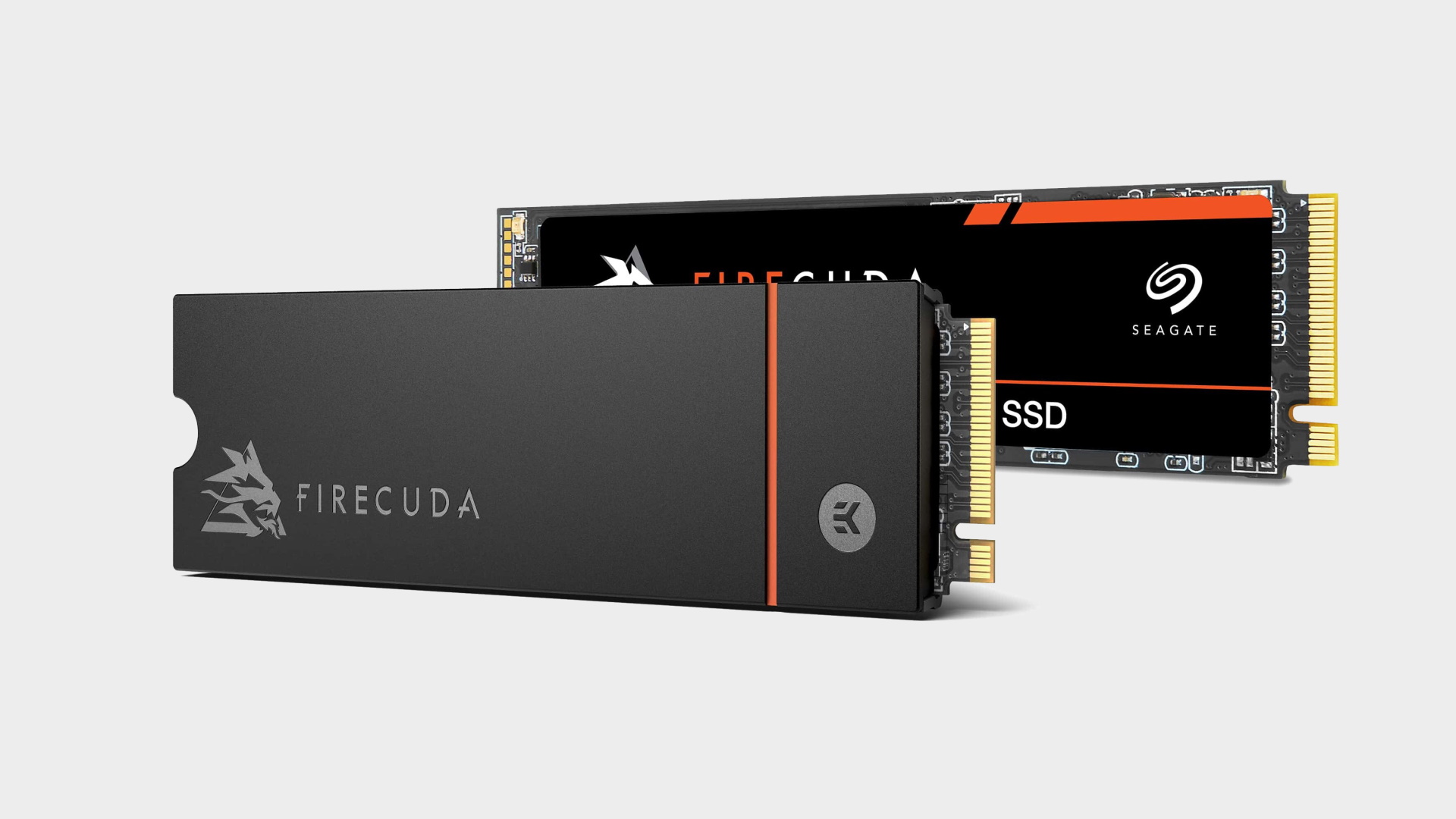
One of the key characteristics of the FireCuda 530 range, compared to past PCIe 4.0 and Phison E18 drives, is their kinda stunning endurance ratings. The 2TB model comes with a massive 2550 TBW endurance rating, spell the 4TB ups this to 5100 TBW. These ratings make the likes of the Samsung 980 Pro and WD_Black SN850 look similar budget bin cheapies in comparison.
In conjunction with Seagate's excellent data recovery plans, it would be easy for Seagate to repurpose the 530 as a workstation class product, especially now that Optane drives have been discontinued. Seagate's serve lack AES256 encryption financial backing though. Seagate would without doubt say that drive encoding is unneeded along a 'gambling' SSD.
Some Phison E18 equipped SSDs don't come in with any kind of management software package, which can be a hindrance if you're hoping to clone your existing drive. Seagate includes a reskinned translation of Acronis True Image which is easy to use. Seagate's SeaTools app also deserves a mention. IT provides S.M.A.R.T. monitoring, health information, someone-testing and erase functions among others.
Sincere-world performance
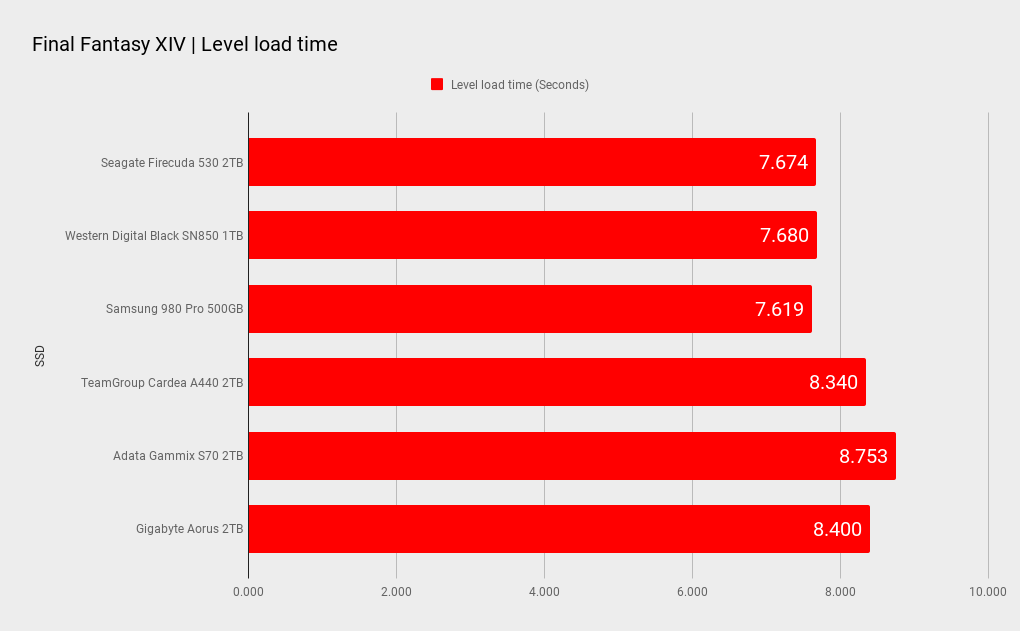
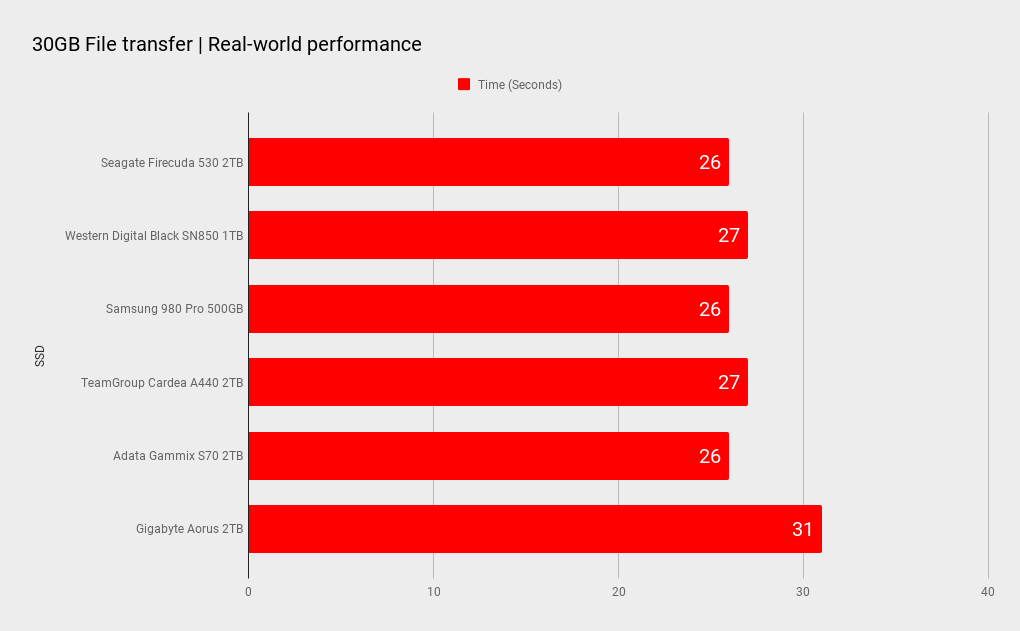
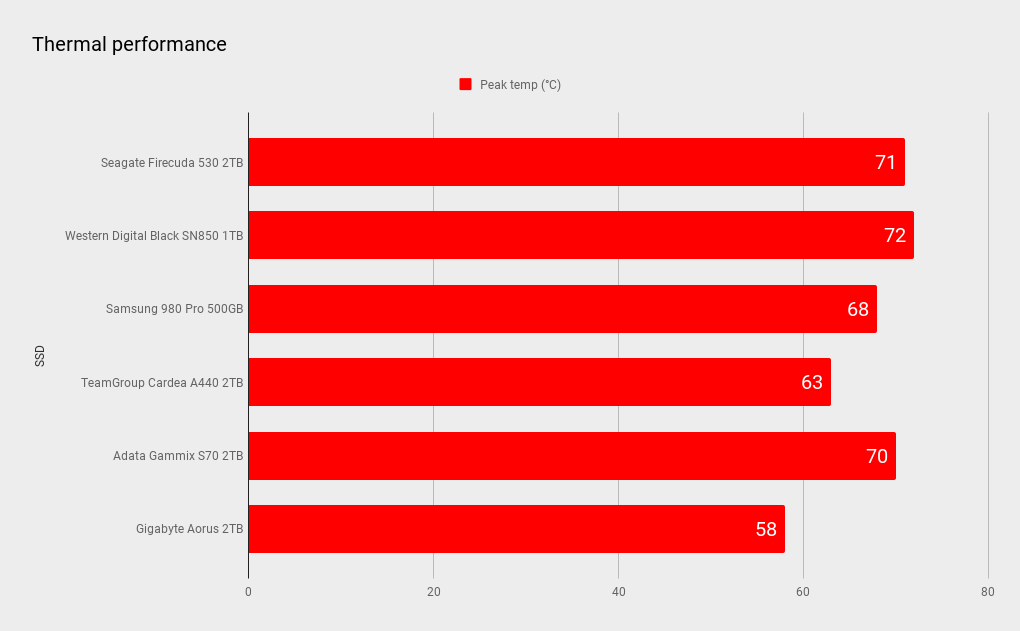
Synthetic warehousing functioning
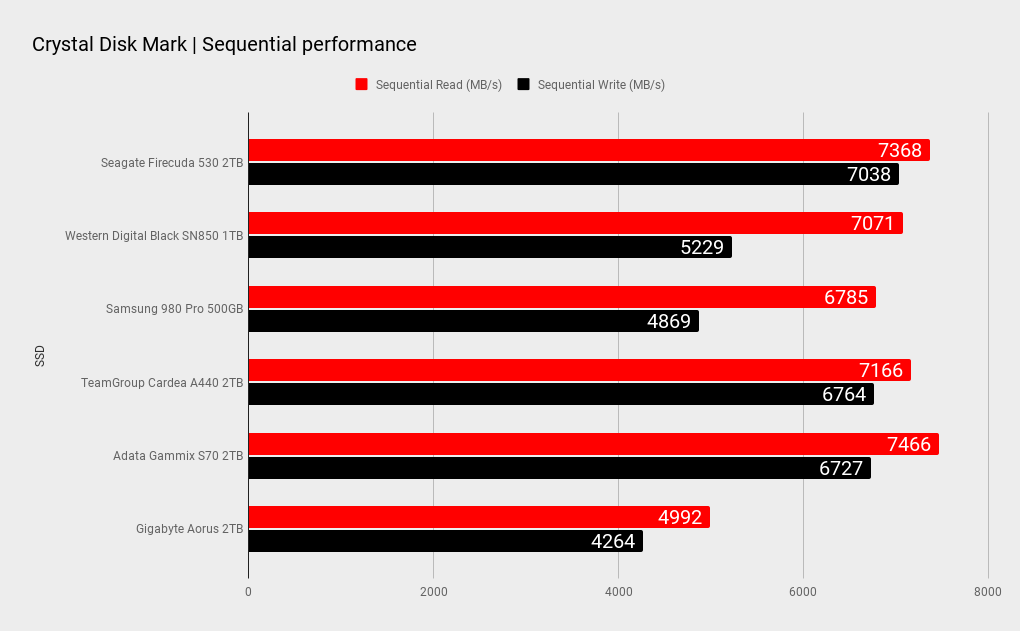
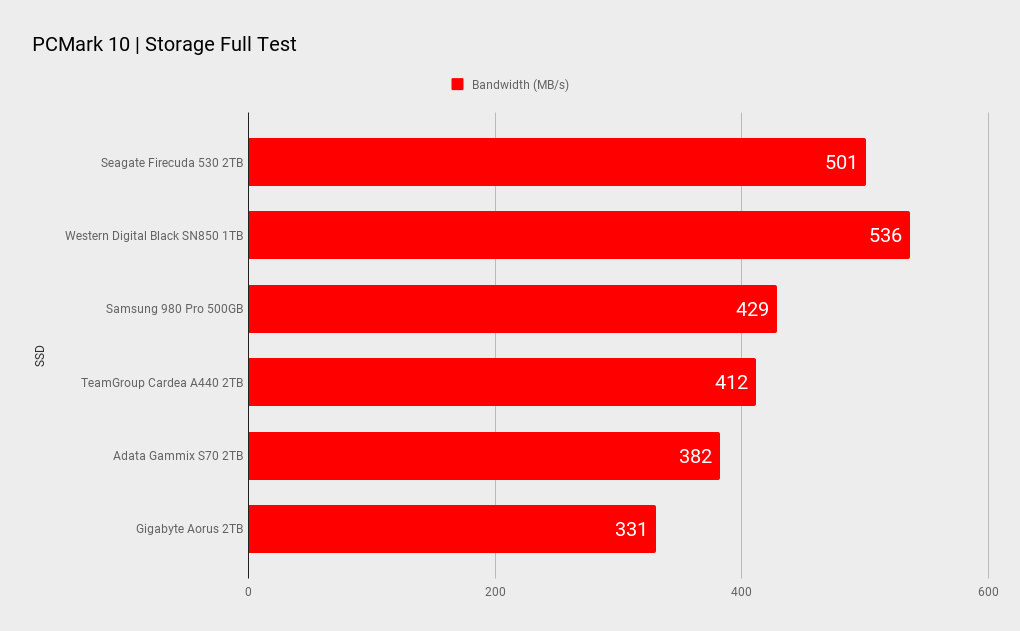
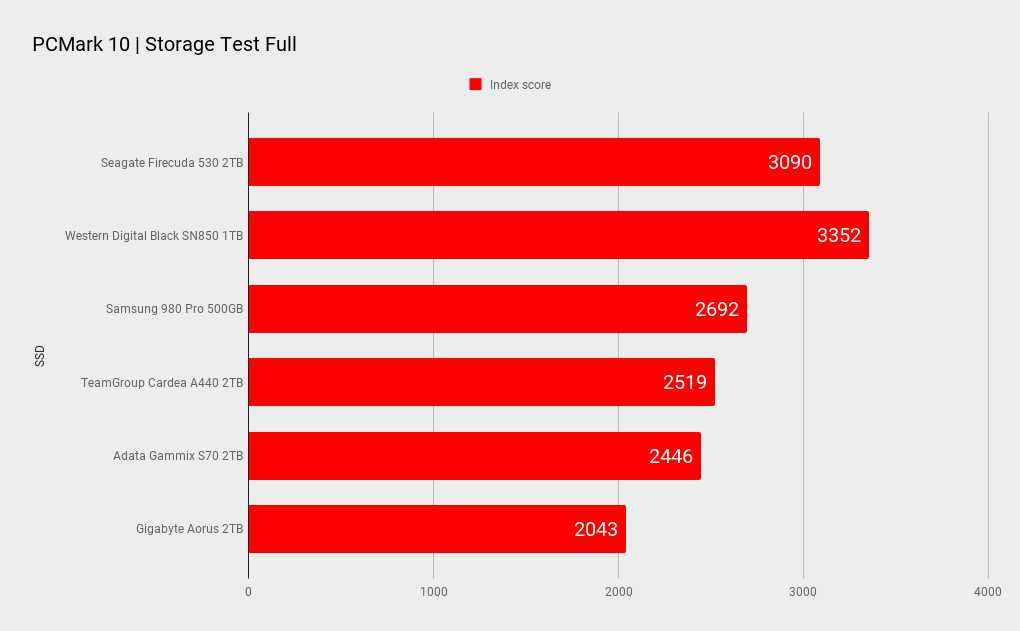
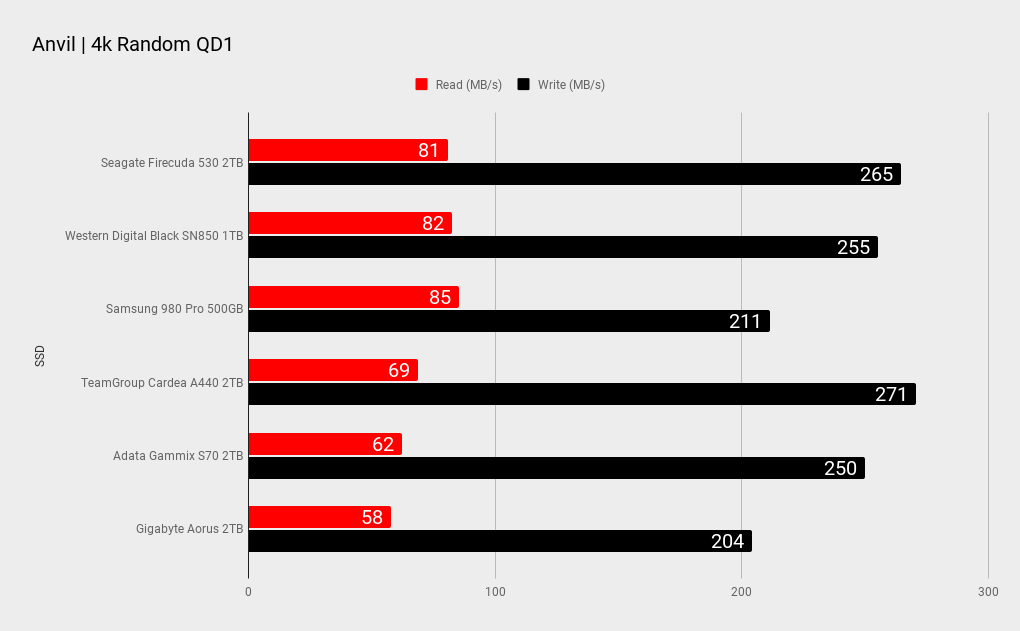
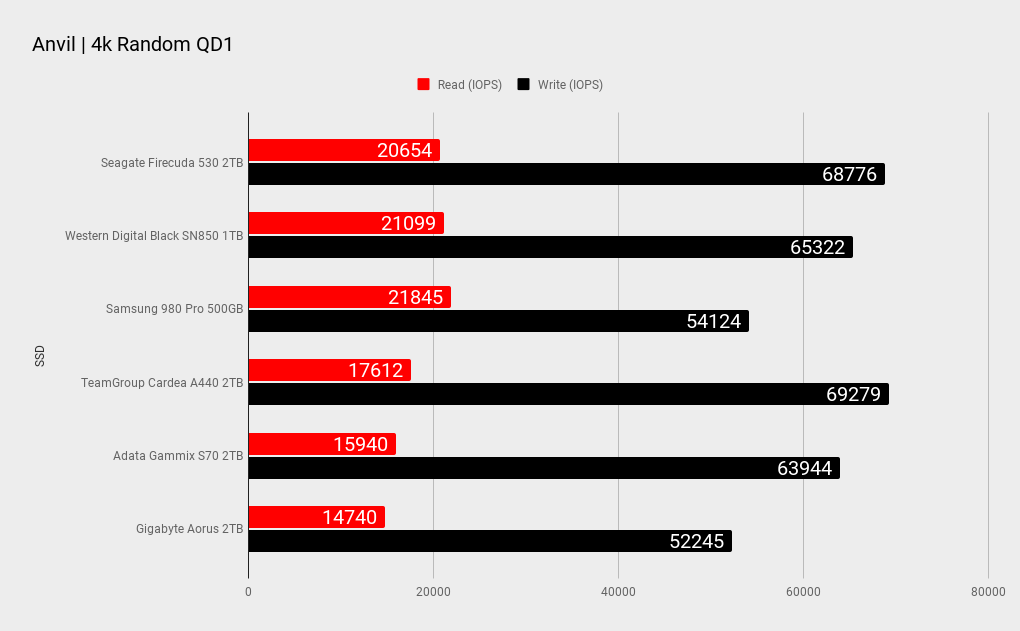
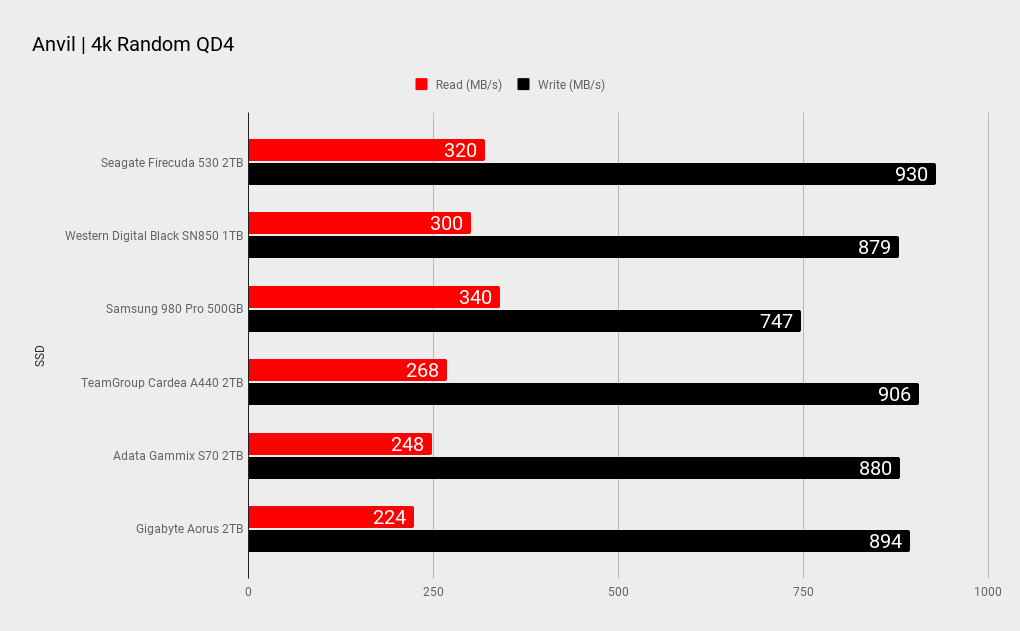
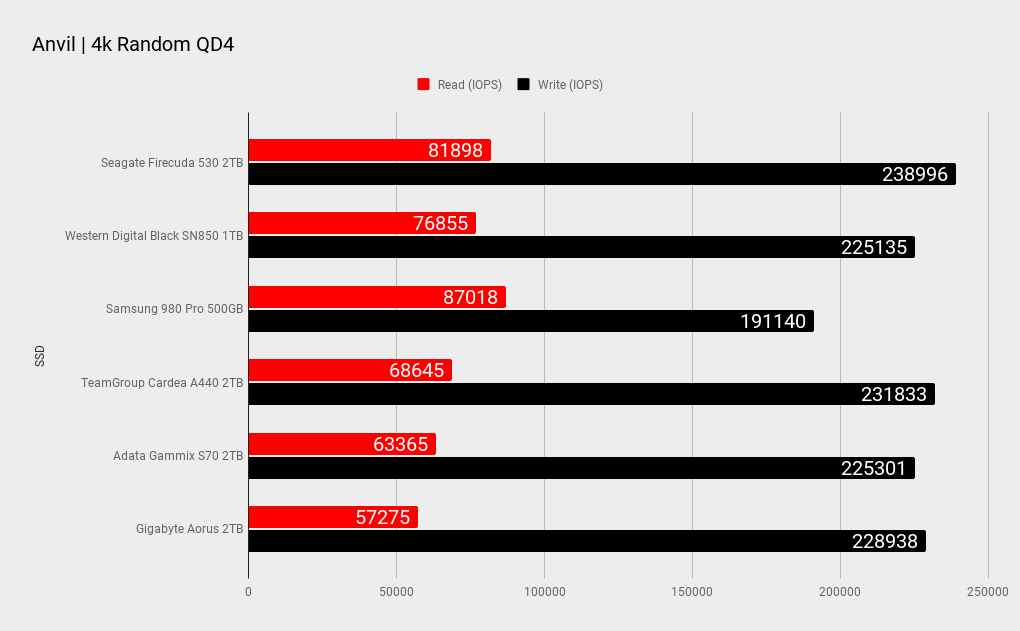
So, how does information technology perform? If Seagate hopes to sell a drive that costs much the proven SN850 and 980 Pro then it has to deliver, and information technology does. The latest Phison E18 drives typically stand out at sequential read and write tasks, just tend to trail in stochastic performance, and in particular random read tasks and IOPS, which is important for gaming public presentation.
Apart from the PCMark 10 storage tests, the FireCuda 530 either matches operating theatre beats the big bois of the storage world, and when you add its leading sequential operation and survival rating, the Seagate 530 is leastways the match of any consumer SSD on the market.
We memorialize temperatures throughout our examination making note of the peaks. The drive is left to run 'naked' with a Noctua winnow over the area to keep things cool. The 2TB FireCuda 530 reached a peak of 71C, which makes it a pretty toasty drive, though we never saw any strangling during our extended examination. Though you testament either want smashing air flow operating theater an effective motherboard heatsink to keep things under control.
We'd like to comparison both natural and EKWB raised drives to each other, but would follow surprised if there were more than a few degrees departure 'tween the deuce though.
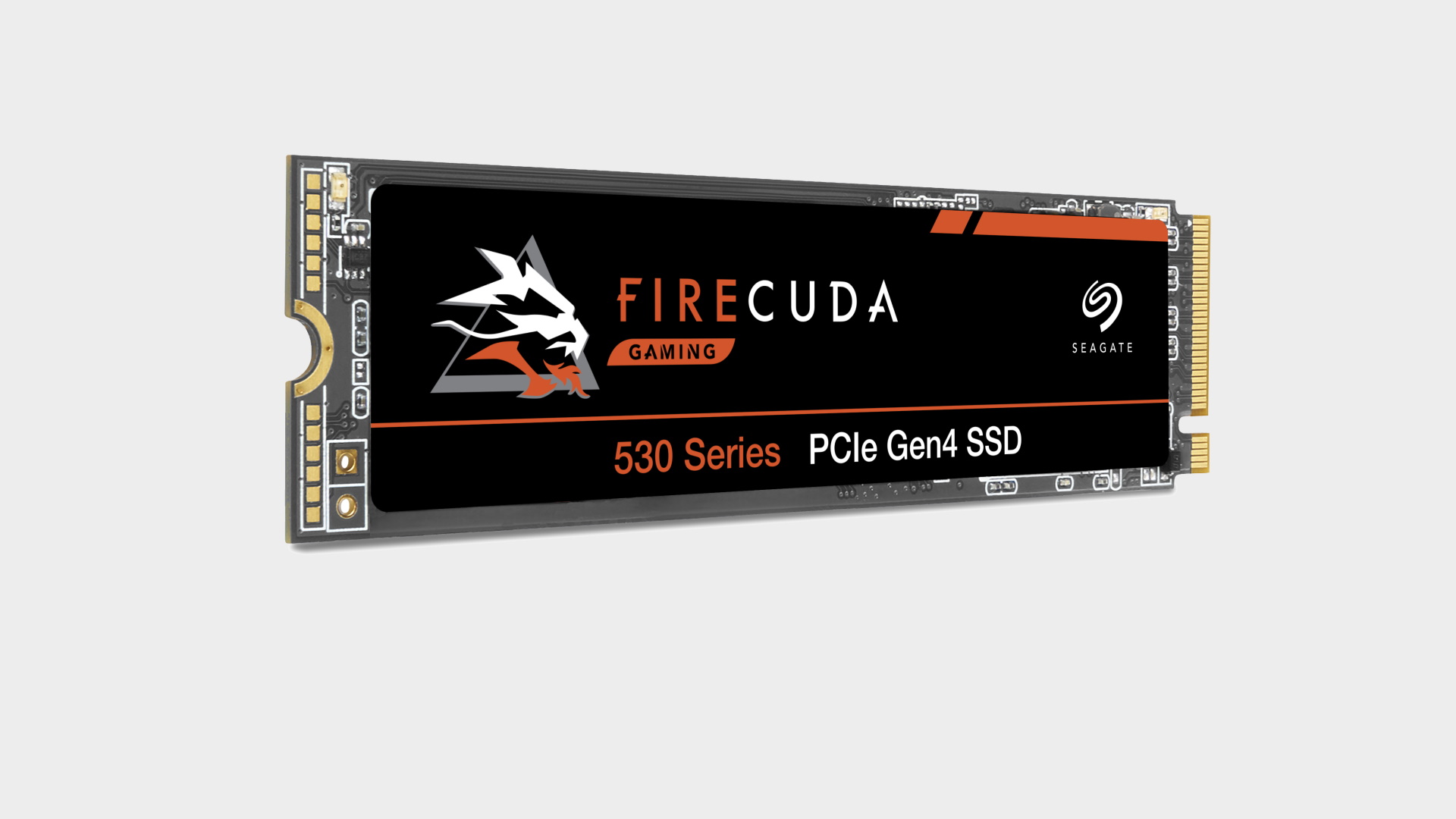
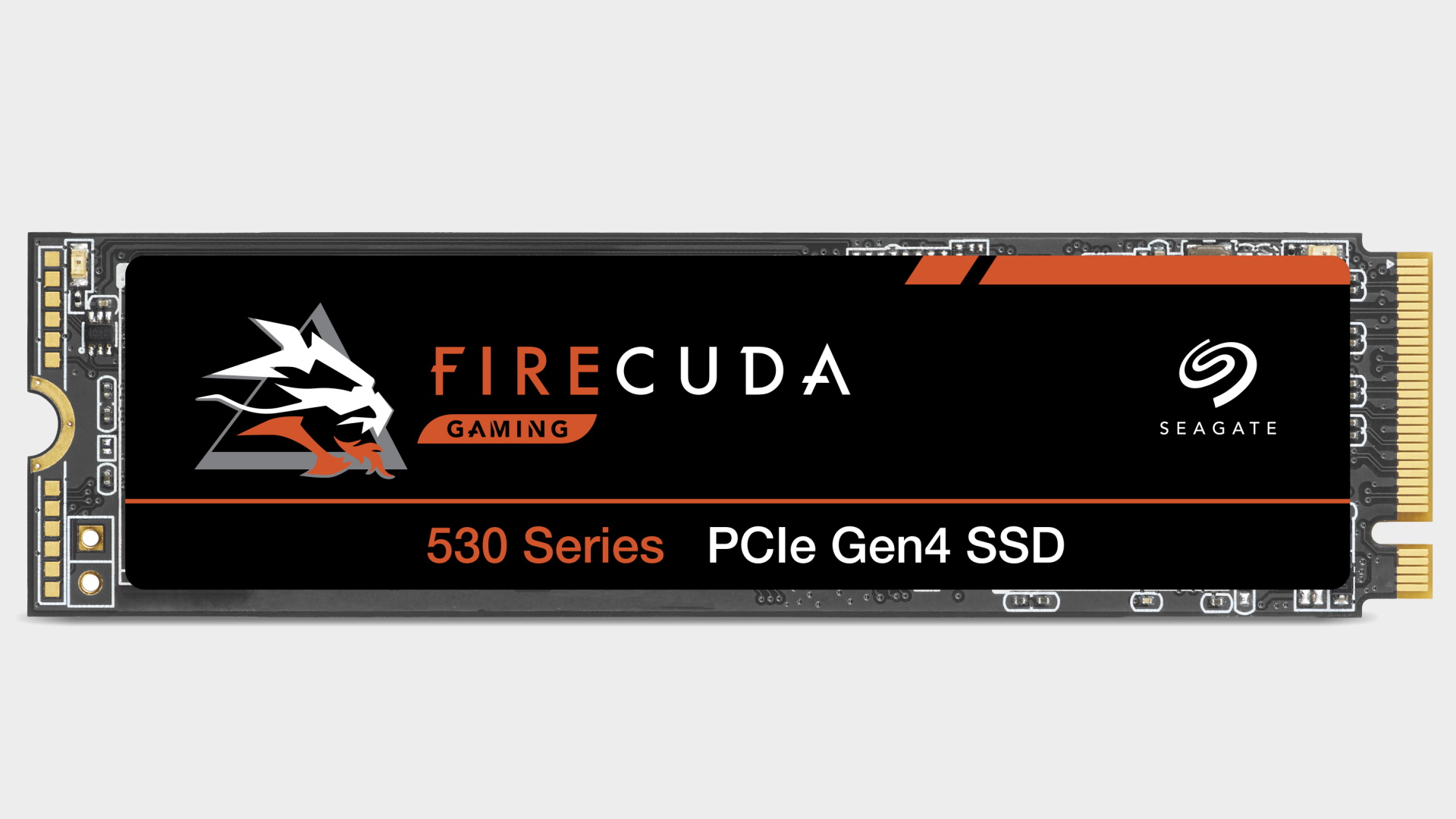
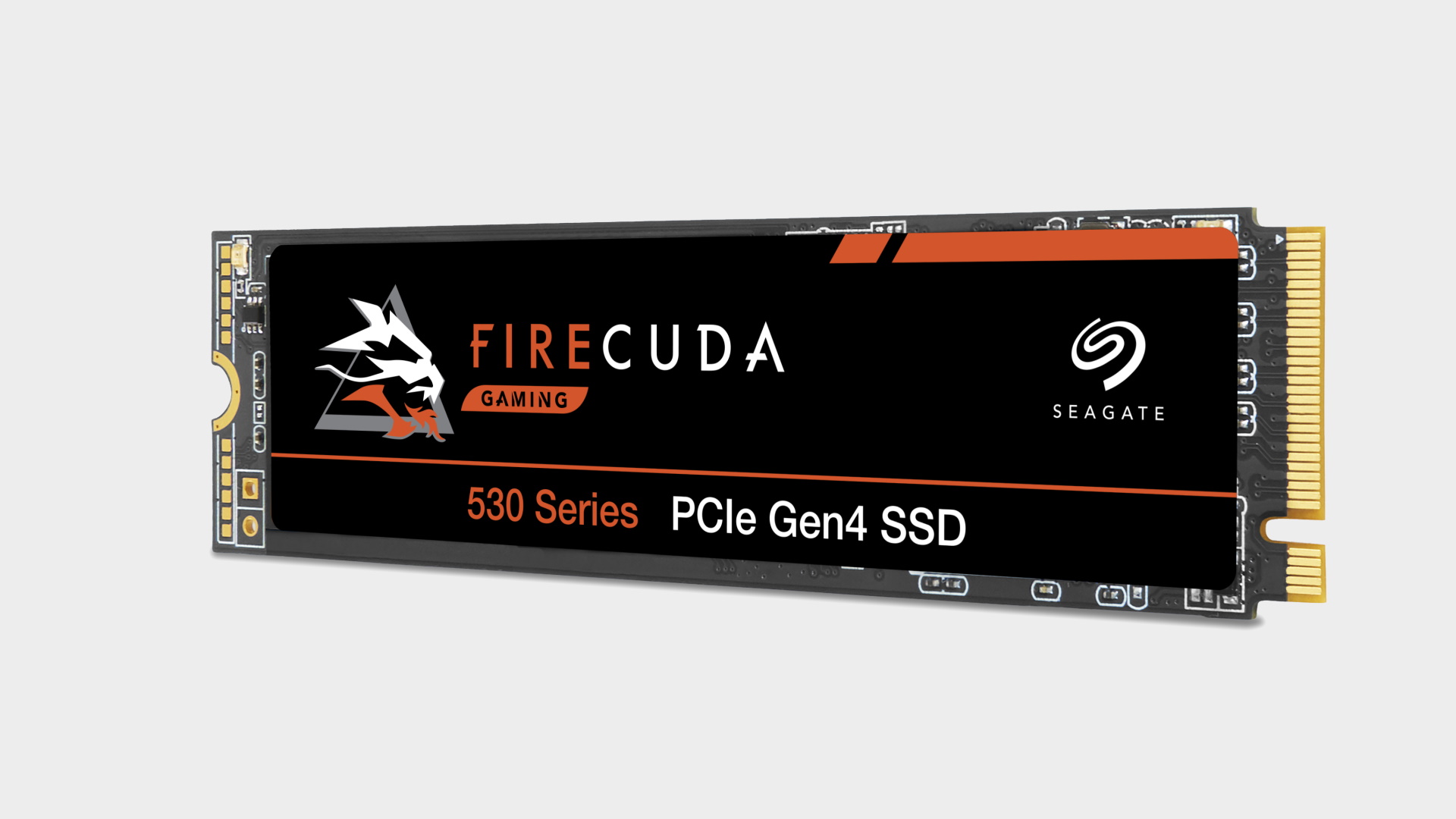
Every bit a major player in the storage diligence, I expect Seagate likely wrestled with the conclusion to restrain on cathartic its best SSDs until it could include 176L NAND and steal the headlines. For me, the decision was absolutely Charles Frederick Worth it. Class leading sequential performance and a stunning endurance rating is joined by excellent random read and pen performance.
All up this elevates the Seagate FireCuda 530 to the head word of the pack. It will make a great C drive, it will keep off a substantial gritty library OR you could use it arsenic a scratch disk for large data sets that take to be moved frequently. Feel free to thrash it with any sort of workload.
Seagate knows it has a strong competition on its manpower, and that means prices are steep. Likely as well steep. There are strong competitors for less money, in point of fact the Seagate 530 2TB appears to be the most expensive of all consumer 2TB SSDs. When you combine stunning endurance ratings with impressive carrying out, past it's no surprise the FireCuda 530 comes at a exchange premiu. Pricing is ever volatile though, especially in the current mood.
But Seagate has well and truly shaken up the top oddment of the SSD market. Samsung and WD like a sho have some identical serious competition. If you'ray prepared to pay for the privilege, buying a Seagate FireCuda 530 will reward you with top tier performance and particularly reliability ratings that No contender can match.
Seagate FireCuda 530 2TB
Seagate's 2TB FireCuda 530 combines awesome functioning with good-in-class reliability to take the SSD crown. But beware, information technology comes at a steep price.
Source: https://www.pcgamer.com/seagate-firecuda-530-2tb-ssd-review/
Posted by: hamiltondageter.blogspot.com



0 Response to "Seagate FireCuda 530 2TB M.2 NVMe SSD Review | PC Gamer - hamiltondageter"
Post a Comment